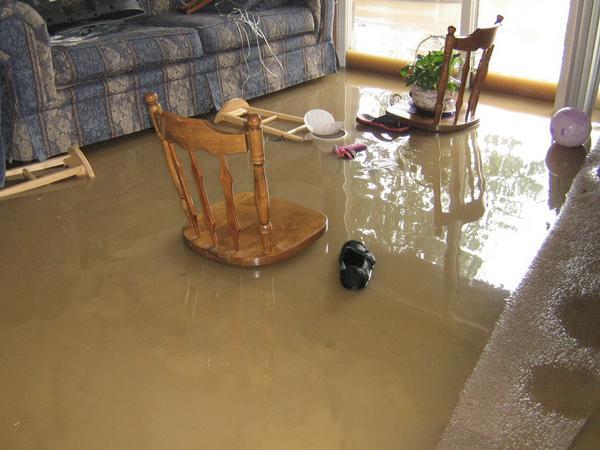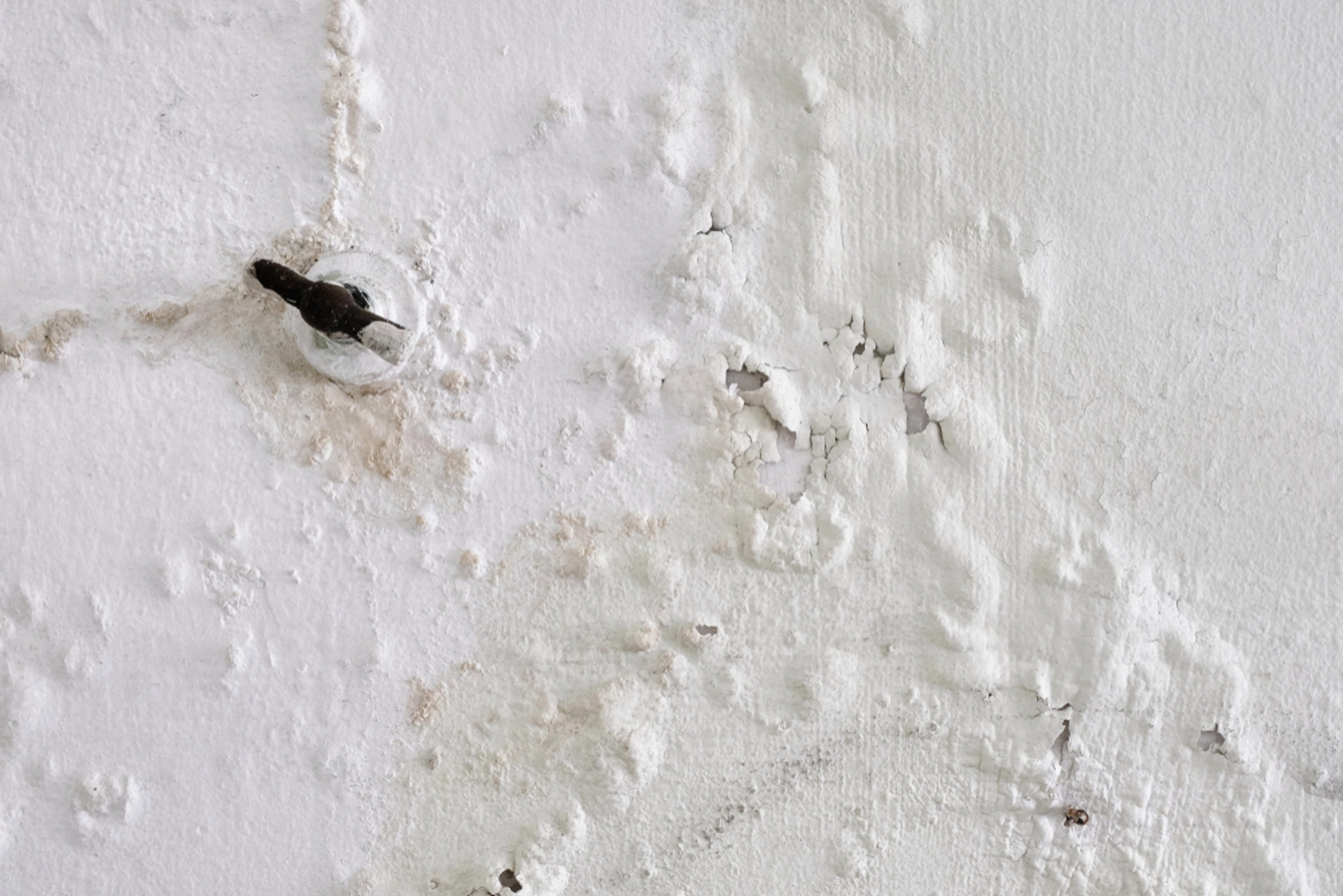Immediate Water Extraction Services to Prevent Structural Damage
Immediate Water Extraction Services to Prevent Structural Damage
Blog Article
The Process of Water Damages Clean-up: Ensuring Your Home Is Recovered Successfully
Water damages can be a difficult obstacle for homeowners, requiring a structured and thorough clean-up procedure to recover security and capability. damage restoration services. Following this, reliable water removal strategies play a pivotal role in mitigating further harm.
Evaluating the Damage
Upon finding water damage, the very first step is to completely examine the degree of the effect. This preliminary assessment is important, as it assists identify the required steps for effective cleaning and reconstruction. Begin by evaluating the impacted locations, including walls, ceilings, floorings, and personal possessions, to identify the resource of the water breach, whether from flooding, leakages, or condensation.
Documenting the damages is essential for both insurance cases and preparing remediation efforts - damage restoration services. Usage photos and written notes to record the extent of the damage, noting any kind of afflicted structural components and materials. Pay unique interest to areas that might not be promptly visible, such as behind wall surfaces and under rugs, as hidden dampness can bring about more issues, including mold and mildew development
Additionally, examine the timeline of the water exposure. Eventually, a thorough assessment lays the foundation for an effective water damage clean-up procedure, ensuring that all impacted areas are addressed effectively and thoroughly.
Water Extraction Techniques

Specialists generally utilize submersible pumps for larger volumes of water, which can swiftly ease flooding in cellars or various other influenced locations. For smaller sized amounts, wet/dry vacuum cleaners are commonly made use of to remove residual moisture from carpetings and tough surface areas. In addition, making use of mobile extractors enables targeted removal in restricted areas or areas with delicate materials.
In circumstances of infected water, such as sewer or floodwater, progressed extraction techniques may entail the usage of biohazard tools to make sure security and compliance with health regulations. High-powered extraction devices are vital in lessening water retention in structural materials, which can cause mold growth and architectural deterioration otherwise resolved quickly.
Ultimately, the efficiency of water extraction strategies plays a crucial duty in the general success of the water damage cleaning procedure, laying the groundwork for succeeding repair efforts.
Drying and Dehumidification
As soon as standing water has been effectively removed, the next crucial stage in the water damage cleanup process is drying out and dehumidification. This step is necessary to protect against additional damage and mold and mildew growth, which can happen within 24 to 48 hours in wet atmospheres.
To attain efficient drying, specific equipment such as industrial-grade air moving companies and dehumidifiers is employed. Air moving companies circulate air across damp surfaces, boosting evaporation prices, while dehumidifiers decrease moisture levels in the air, advertising a conducive atmosphere for drying out. The combination of these tools ensures that wetness is attracted out from furnishings, floorings, and wall surfaces, allowing them to dry completely.
It is important to monitor the drying out process very closely. Specialists typically make use of dampness meters to examine the moisture content in numerous products, making sure that all impacted locations reach appropriate dryness levels. This meticulous approach helps to stop concealed moisture pockets that could bring about architectural damages or harmful mold development.

Cleansing and Sterilizing
After the drying out and dehumidification phase is total, the next vital action in water damages cleaning is cleaning and sterilizing the affected areas. This process is important to stop the growth of mold and mildew, germs, and various other microorganisms that prosper in wet settings.
The cleaning phase commonly entails eliminating any kind of debris, dirt, and pollutants from surface areas using specialized cleaning representatives. For hard surface areas, a combination of soap and water or industrial cleaning products is commonly employed. Soft products, such as upholstery and carpetings, may call for a lot more substantial cleansing approaches, including heavy steam cleansing or deep extraction techniques, to make certain complete cleanliness.

Sanitizing adheres to cleaning, using EPA-approved anti-bacterials to get rid of harmful microorganisms. This step is crucial, particularly in locations that may have come into contact with floodwaters or sewage, as these sources can posture major health and wellness threats.
Furthermore, it is necessary to address any kind of continuing to be smells, which may call for making use of learn the facts here now smell neutralizers or sophisticated strategies like ozone therapy. Correct cleaning and sterilizing not just restore the safety and hygiene of your home however additionally prepared for successful reconstruction and repair work in succeeding stages of the water damages cleanup process.
Remediation and Repair Services

When the assessment is total, repair efforts can begin. This normally includes fixing or replacing broken products, guaranteeing that see this site all job follows local building regulations and requirements. If drywall has been jeopardized, it will need to be gotten rid of and replaced with new material. Additionally, flooring may need similar focus, depending on the level of water exposure.
It is essential to engage skilled remediation specialists during this process, as they have the competence to handle intricate repairs efficiently. They can aid minimize possible future issues, such as mold growth or architectural instability, hence guaranteeing a habitable and risk-free living environment. Eventually, effective restoration and repairs restore the home's integrity and improve its overall value.
Final Thought
In verdict, the process of water damage clean-up is vital for bring back a home to its pre-damage condition. Each phase, from assessing the damage to executing effective water removal methods, followed by thorough drying out, sterilizing, and necessary repairs, plays an essential role in ensuring security and conformity with building criteria. Reliable execution of these steps not only mitigates prompt damage however also boosts the long-lasting stability and worth of the residential or commercial property.
Water damages can be a daunting difficulty for home owners, requiring a meticulous and organized clean-up process to restore safety and functionality. Eventually, a thorough evaluation lays the groundwork for an effective water damages try here cleanup process, ensuring that all impacted locations are attended to effectively and extensively.
Reliable water removal methods are crucial in reducing damages and protecting against more problems complying with a water invasion event.In conclusion, the procedure of water damage cleaning is essential for restoring a home to its pre-damage condition. Each phase, from assessing the damages to carrying out effective water extraction techniques, complied with by extensive drying, sterilizing, and required repair work, plays a necessary function in making certain safety and security and compliance with building criteria.
Report this page